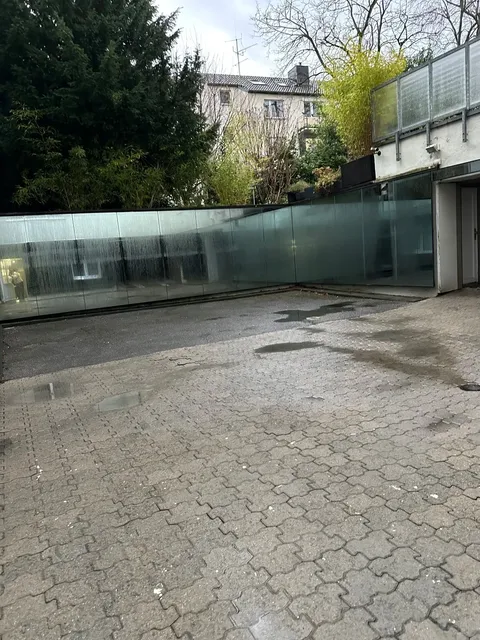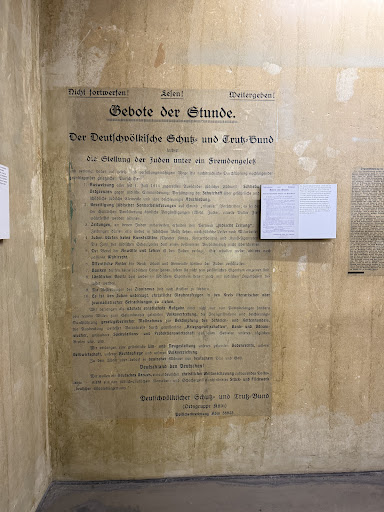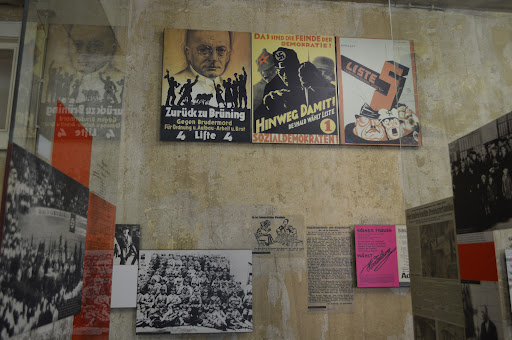EL-DE Haus things to do, attractions, restaurants, events info and trip planning
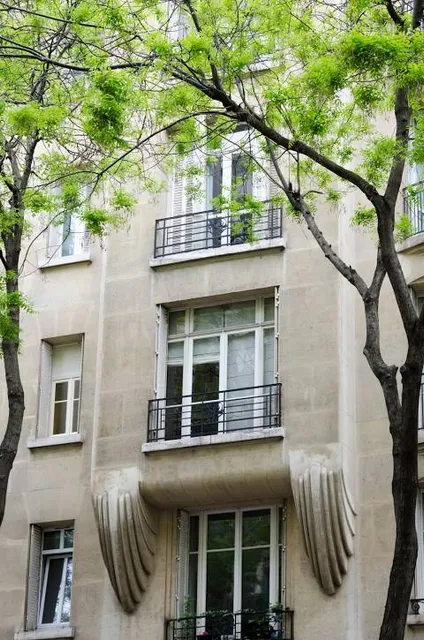
Basic Info
EL-DE Haus
Appellhofpl. 23-25, 50667 Köln, Germany
4.5(1.6K)
Open 24 hours
Save
spot
spot
Ratings & Description
Info
Cultural
Accessibility
attractions: Cologne Cathedral, Museum of Applied Art Cologne, Kolumba, Edith Stein Denkmal, Kölnisches Stadtmuseum, Dominican Church of St. Andrew, Basilica of St. Gereon, Gloria-Theater, Kreuzblume, Heinzelmännchenbrunnen, restaurants: Sushi-Nakoyashi, Artistanbul Meze, Bastian’s, Sweet Sushi, Bei Bepi, Rich`N Greens, Cafe Extrablatt Köln Breite Straße, Schmittchen Restaurant, COCO Ramen - Sushi - Asian kitchen, Buddha’s Eye Nepal Tibet Restaurant
 Learn more insights from Wanderboat AI.
Learn more insights from Wanderboat AI.Phone
+49 221 22126332
Website
museenkoeln.de
Plan your stay

Pet-friendly Hotels in Cologne
Find a cozy hotel nearby and make it a full experience.

Affordable Hotels in Cologne
Find a cozy hotel nearby and make it a full experience.

The Coolest Hotels You Haven't Heard Of (Yet)
Find a cozy hotel nearby and make it a full experience.

Trending Stays Worth the Hype in Cologne
Find a cozy hotel nearby and make it a full experience.
Reviews
Nearby attractions of EL-DE Haus
Cologne Cathedral
Museum of Applied Art Cologne
Kolumba
Edith Stein Denkmal
Kölnisches Stadtmuseum
Dominican Church of St. Andrew
Basilica of St. Gereon
Gloria-Theater
Kreuzblume
Heinzelmännchenbrunnen
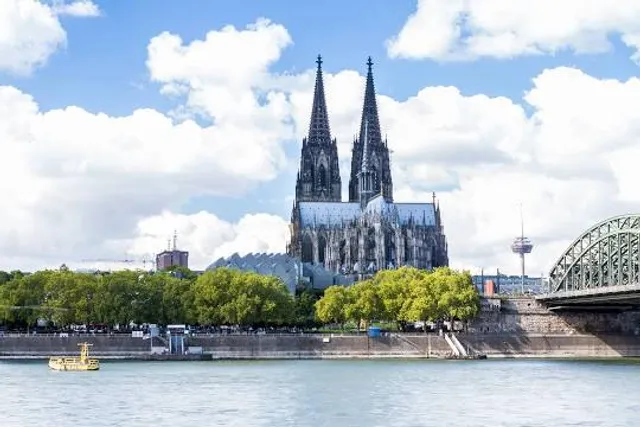
Cologne Cathedral
4.8
(32.5K)
Open 24 hours
Click for details
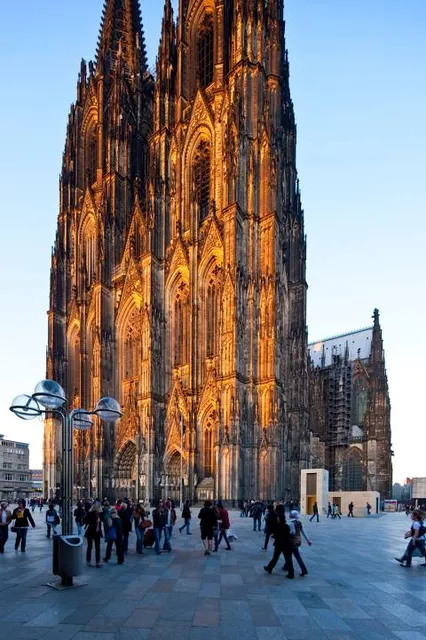
Museum of Applied Art Cologne
4.3
(664)
Open 24 hours
Click for details
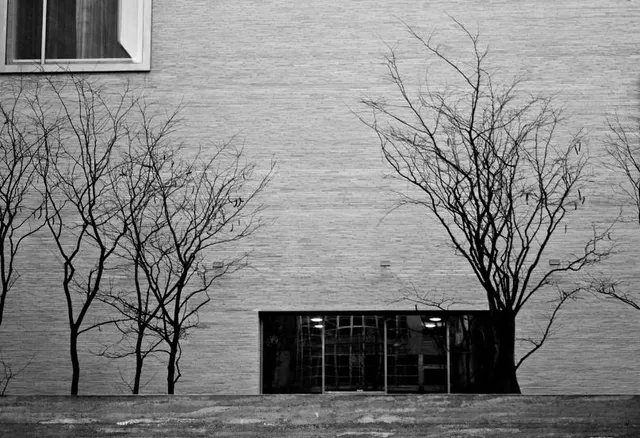
Kolumba
4.5
(704)
Open 24 hours
Click for details
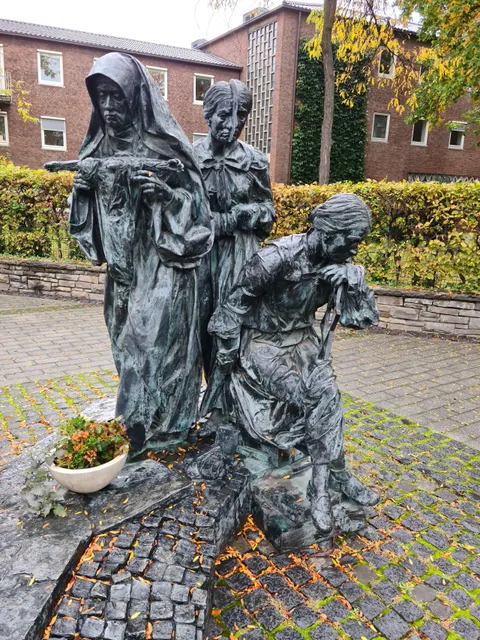
Edith Stein Denkmal
4.5
(143)
Open 24 hours
Click for details
Things to do nearby
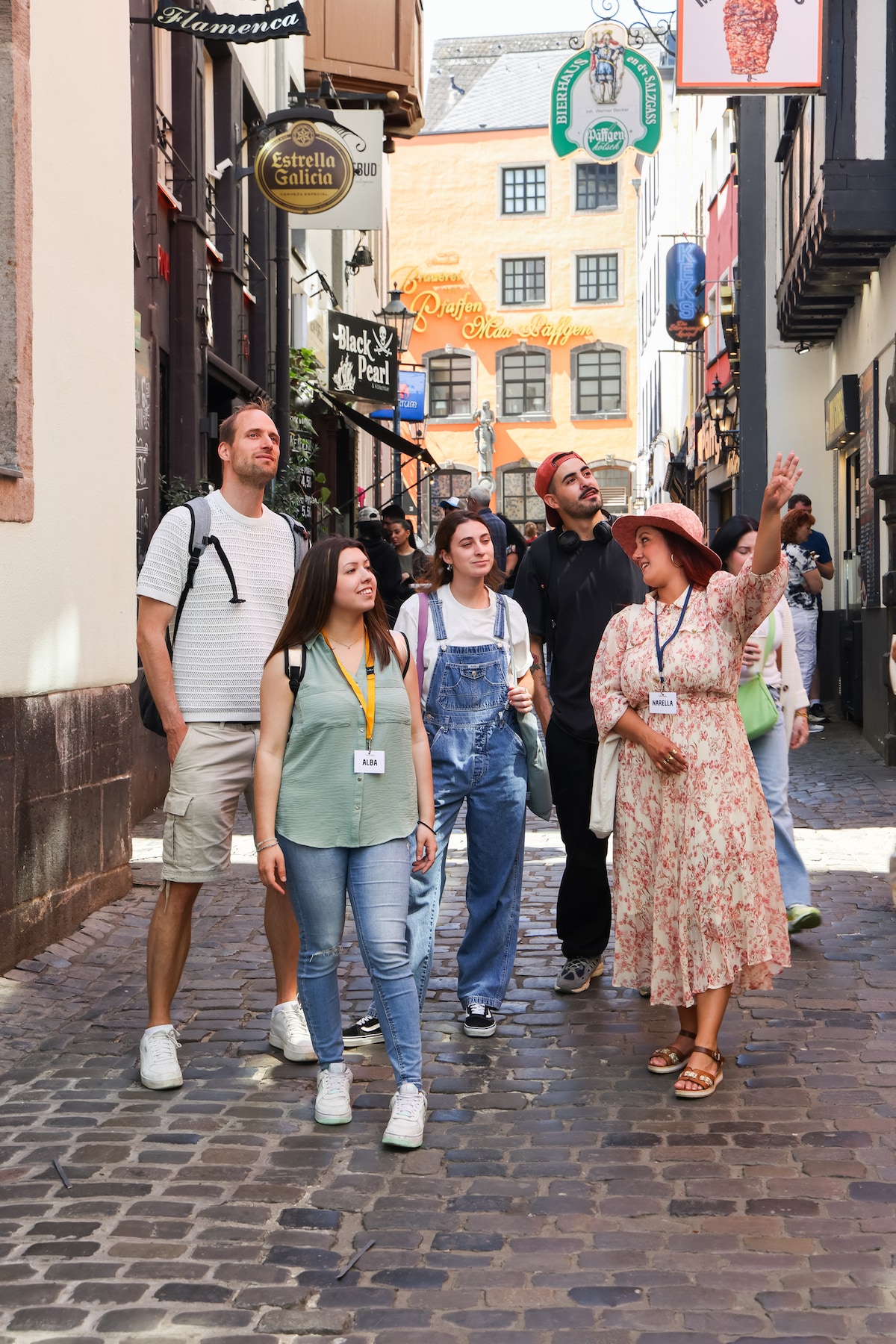
Funky-Fun Tour of Cologne Christmas version
Sat, Dec 27 • 10:00 AM
50667, Cologne, Germany
View details
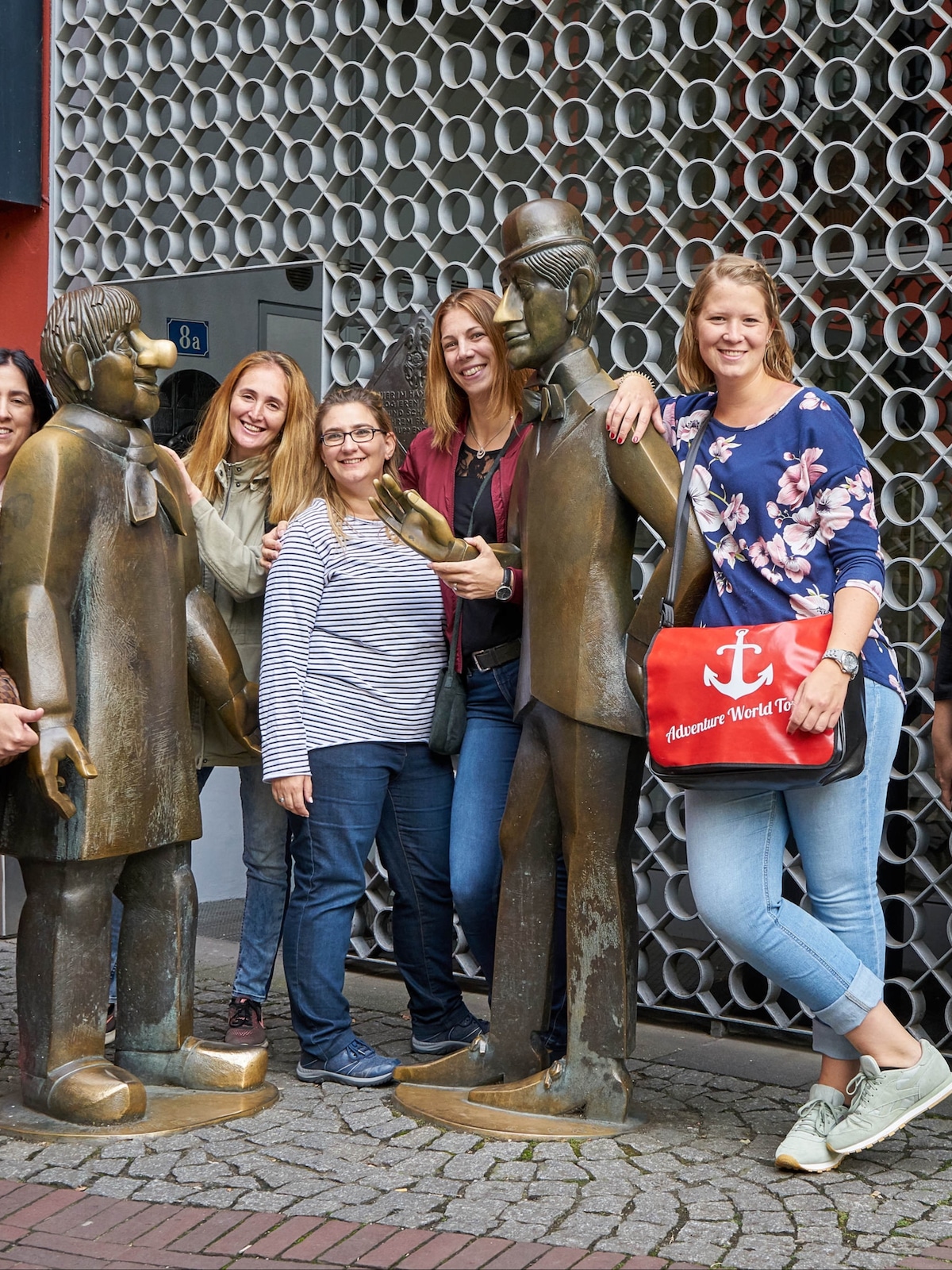
Kölsch and Brewery Tour
Fri, Dec 26 • 7:00 PM
50668, Cologne, Germany
View details

Viva Frida Kahlo - das immersive Erlebnis
Fri, Dec 26 • 3:00 PM
Lichtstr. 15, Cologne, 50825
View details
Nearby restaurants of EL-DE Haus
Sushi-Nakoyashi
Artistanbul Meze
Bastian’s
Sweet Sushi
Bei Bepi
Rich`N Greens
Cafe Extrablatt Köln Breite Straße
Schmittchen Restaurant
COCO Ramen - Sushi - Asian kitchen
Buddha’s Eye Nepal Tibet Restaurant
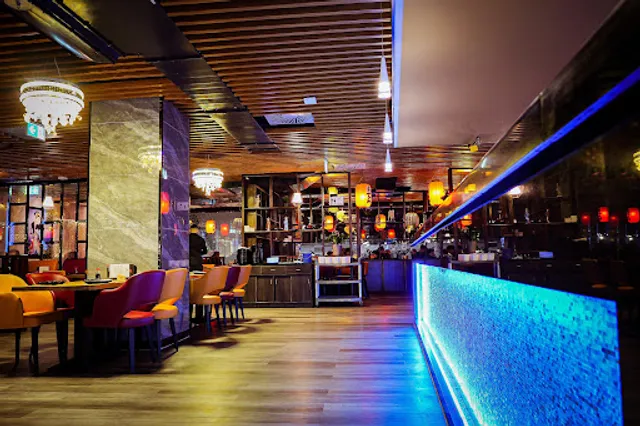
Sushi-Nakoyashi
4.6
(2.9K)
Click for details
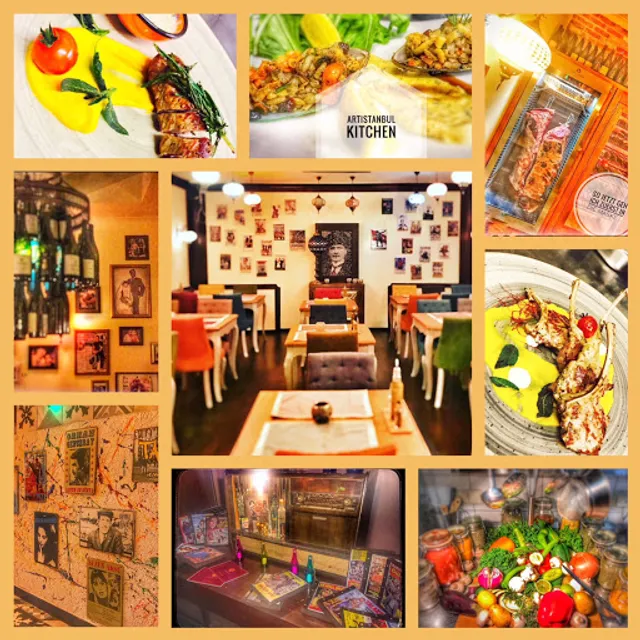
Artistanbul Meze
4.4
(426)
$$
Click for details
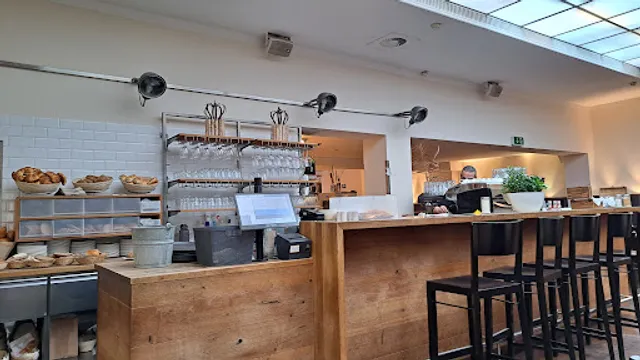
Bastian’s
4.4
(1.3K)
Click for details
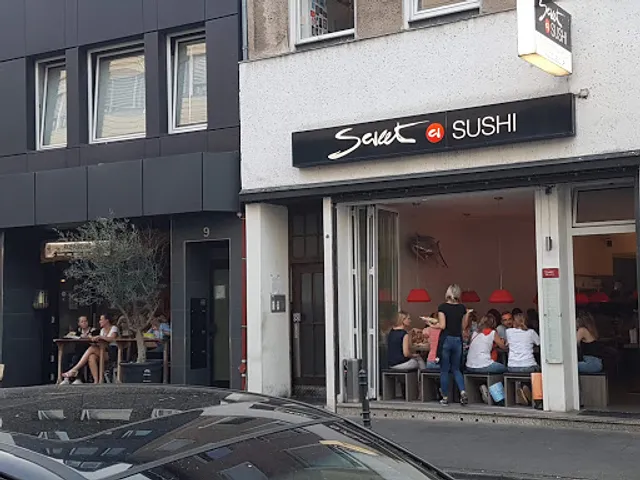
Sweet Sushi
4.5
(741)
Click for details


